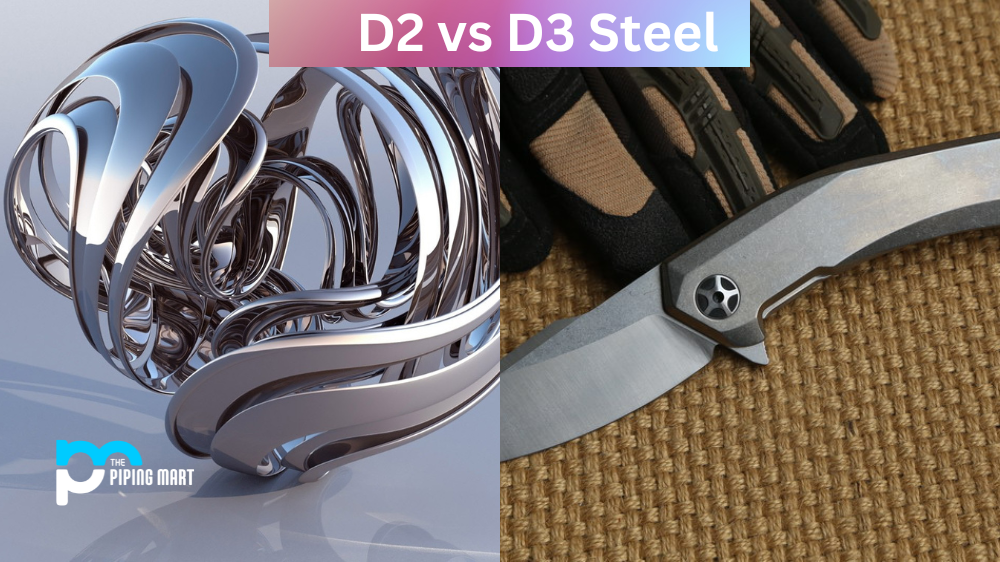If you are in the stainless steel market, you may wonder what the difference is between 303 and 316 stainless steel. Both grades of stainless steel are popular choices due to their corrosion resistance, durability, and strength. However, there are some key differences that you should be aware of before making your final decision. Keep reading to learn more about the difference between 303 and 316 stainless steel.
303 Stainless Steel
303 stainless steel is a less expensive grade of stainless steel that is corrosion-resistant and highly durable. It is not as strong as 316 stainless steel but has good forming and welding properties. 303 stainless steel is often used in food processing equipment, architectural applications, and chemical processing because it is easy to clean and sterilize.
316 Stainless Steel
316 stainless steel is a more expensive grade of stainless steel that offers superior corrosion resistance and durability. It is also stronger than 303 stainless steel. 316 stainless steel is often used in marine, chemical, food, pharmaceutical, and architectural applications because of its superior resistance to salt water and other corrosive materials.
Difference Between 303 and 316 Stainless Steel
Chemical Composition
One main difference between 303 and 316 stainless steel is the chemical composition. 303 stainless steel contains less chromium and nickel than 316 stainless steel, which gives it lower corrosion resistance. Additionally, 303 stainless steel cannot withstand as high of temperatures as 316 stainless steel.
Cost
Another difference between 303 and 316 stainless steel is the cost. 303 stainless steel is typically less expensive than 316 stainless steel. However, the higher price of 316 stainless steel is due to its increased corrosion resistance and ability to withstand higher temperatures.
Uses
303 and 316 stainless steel are both commonly used in various applications. Some common applications for 303 stainless steel include food processing equipment, architectural trim, and electrical components. Meanwhile, some common applications for 316 stainless steel include chemical processing equipment, marine hardware, and surgical instruments.
Weldability
Another difference between 303 and 316 stainless steel is weldability. 303 stainless steel can be welded using any standard welding process, while 316 stainless steel must be welded using an approved process due to its high carbon content.
Corrosion Resistance
One of the main benefits of 316 stainless steel is its increased corrosion resistance in comparison to 303 stainless steel. This increased resistance is due to the addition of molybdenum, which forms a protective oxide film on the surface of the metal that prevents corrosion from occurring.
Conclusion:
Both 303 and 316 stainless steel offers excellent corrosion resistance, durability, and strength. However, there are some key differences that you should be aware of before making your final decision. If you need a less expensive grade of stainless steel that is still highly durable, 303 stainless steel may be the right choice for you. If you need a more expensive grade of stainless steel that offers superior corrosion resistance, 316 stainless steel may be the right choice.
Sakshee is a talented blogger, with a particular focus on the Business and Metal Industry. She is passionate about sharing her insights on various metal products and helping professionals to make a better decisions.




